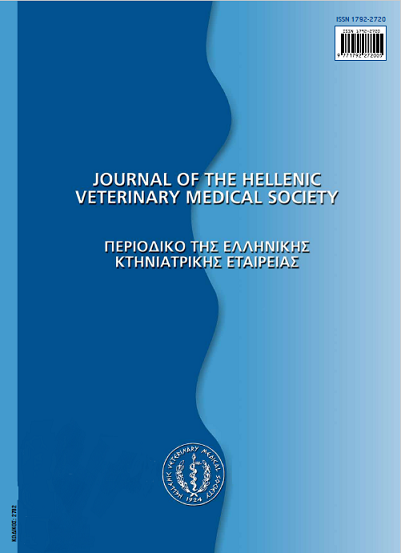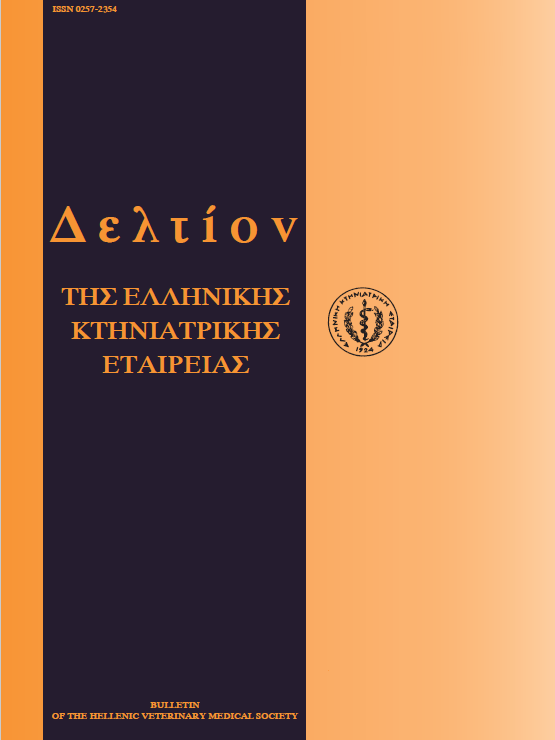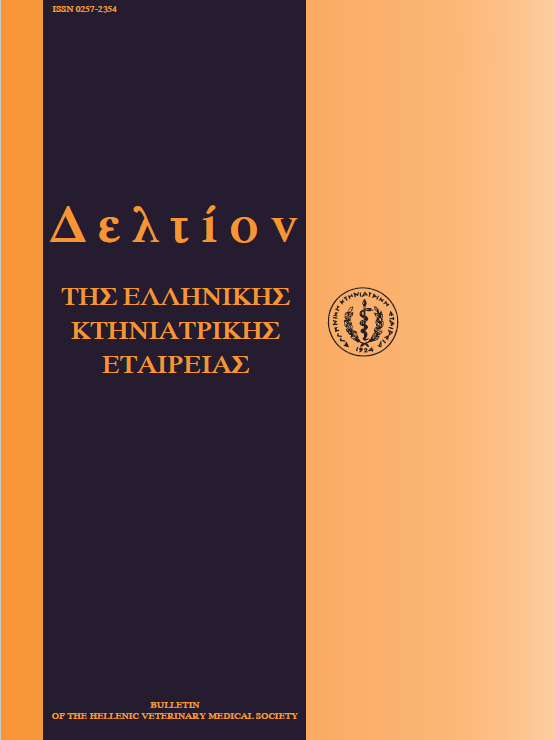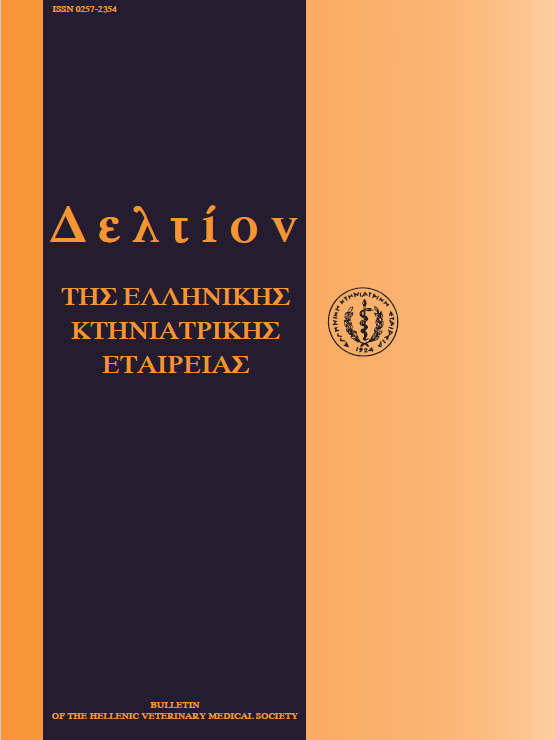Management of pain - humane endpoints - euthanasia of laboratory animals
Аннотация
The minimization of pain and distress of laboratory animals before, during and after the experiment is one of the basic principles for the humane treatment of animals used in biomedical research. Pain and distress is assessed based on careful observation of laboratory animals and the evaluation of a series of parameters related to clinical signs, natural behaviour and provoked behaviour. Scoring of these parameters makes possible their quantitative assessment and the calculation of distress score. Based on this score we can define the humane endpoints according to which the experimenter decides to relieve the animal from pain and distress by administering analgesics, terminating the experiment or performing euthanasia. The reasons for implementing humane endpoints are ethical, legal, practical and scientific. Analgesic agents can be divided into three: narcotic analgesics, antipyretic analgesics and nociceptive blockers. The choice drug will be determined by the degree of analgesic effect, its required duration of action, the experimental protocol and the experience of the experimenter. Euthanasia methods can be divided into physical and chemical ones. Physical methods include shooting, concussion, electrical stunning, cervical dislocation, decapacitation and microwave irradiation. Chemical methods include the administration of inhalation agents (carbon dioxide, carbon monoxide, volatile inhalational anesthetics), agents absorbed through the skin and gills (benzocaine, tricaine methane sulphonate, etomidate, metomidate, quinaldine) and injectable agents (the barbiturates pentobarbitone and thiopental and the agent T-61). Euthanasia methods that can be applied to unconcious animals also incude pithing, rapid freezing, exsanguination, administration of nitrogen or argon, ethanol, chloral hydrate and potassium chloride and air embolism. Death should always be confirmed after performing an euthanasia method.
Article Details
- Как цитировать
-
YPSILANTIS (Π. ΥΨΗΛΑΝΤΗΣ) P. (2017). Management of pain - humane endpoints - euthanasia of laboratory animals. Journal of the Hellenic Veterinary Medical Society, 60(3), 237–244. https://doi.org/10.12681/jhvms.14932
- Выпуск
- Том 60 № 3 (2009)
- Раздел
- Special Article
Authors who publish with this journal agree to the following terms:
· Authors retain copyright and grant the journal right of first publication with the work simultaneously licensed under a Creative Commons Attribution Non-Commercial License that allows others to share the work with an acknowledgement of the work's authorship and initial publication in this journal.
· Authors are able to enter into separate, additional contractual arrangements for the non-exclusive distribution of the journal's published version of the work (e.g. post it to an institutional repository or publish it in a book), with an acknowledgement of its initial publication in this journal.
· Authors are permitted and encouraged to post their work online (preferably in institutional repositories or on their website) prior to and during the submission process, as it can lead to productive exchanges, as well as earlier and greater citation of published work.







